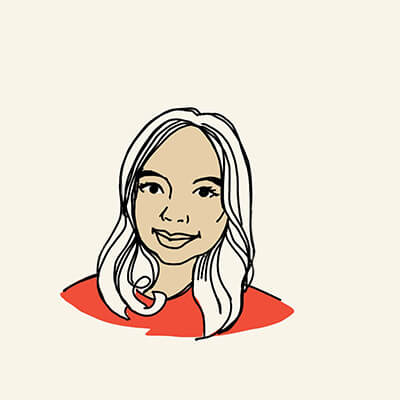Generally, you can make three types of withdrawals from an RESP:
1. Contribution withdrawals: As a the person who set up the RESP (known as the "subscriber"), you can withdraw your contributions at any time, subject to the terms of the RESP. Withdrawals of contributions are tax-free. You can opt to have contributions paid to the beneficiary directly for post-secondary education by requesting Post-Secondary Educational (PSEs) payments. If contributions are withdrawn while the beneficiary is not in post-secondary education, any CESG grants received on these funds must be returned to the federal government. But you can keep the income earned on the invested grant money.
Rules for withdrawing RESP funds are made by the federal government and your RESP provider. Be careful when choosing an RESP to understand all the restrictions on your plan. Some plans, such as scholarship plans, may not allow you to withdraw your contributions.
2. Educational Assistance Payments: Once a beneficiary has begun post-secondary education, they can withdraw RESP earnings, grants and bonds to cover eligible expenses, such as:
- tuition fees and textbooks
- school supplies, including computers
- room and board, and travel costs to and from home
These payments are referred to as Educational Assistance Payments (EAPs) and the beneficiary is taxed on the amount withdrawn. This may be at a very low rate, if at all.
To be eligible for EAPs, the beneficiary must be enrolled in a qualifying educational program that lasts at least three consecutive weeks and requires at least 10 hours per week on courses or program work. Correspondence courses may qualify. Part-time programs are eligible for EAPs if lasts at least three consecutive weeks where at least 12 hours per month on courses are required and the beneficiary is at least age 16. Most Canadian post-secondary institutions and programs, including correspondence courses, qualify. Certain foreign post-secondary institutions may also qualify, but these programs must be for at least 13 consecutive weeks.
EAP withdrawals are limited to $5,000 until the beneficiary completes 13 consecutive weeks in a qualifying full-time educational program.
3. Accumulated Income Payments: These are amounts from RESP investment earnings (on contributions, CESGs and CLBs) that can be payed to the subscriber if:
- the subscriber is a Canadian resident; and
- all the RESP's beneficiaries have died; or
- the RESP has existed for at least 35 years (and is not a specified plan); or
- the RESP has existed for at least 10 years, and all beneficiaries are at least 21 years old and not eligible for EAPs.
AIPs taken as cash are taxable income for the subscriber or joint subscriber, and are subject to an additional penalty tax of 20%. If the subscriber has unused RRSP contribution room, they may elect a tax-free transfer of up to $50,000 of AIPs to their RRSP or their spouse's RRSP.



